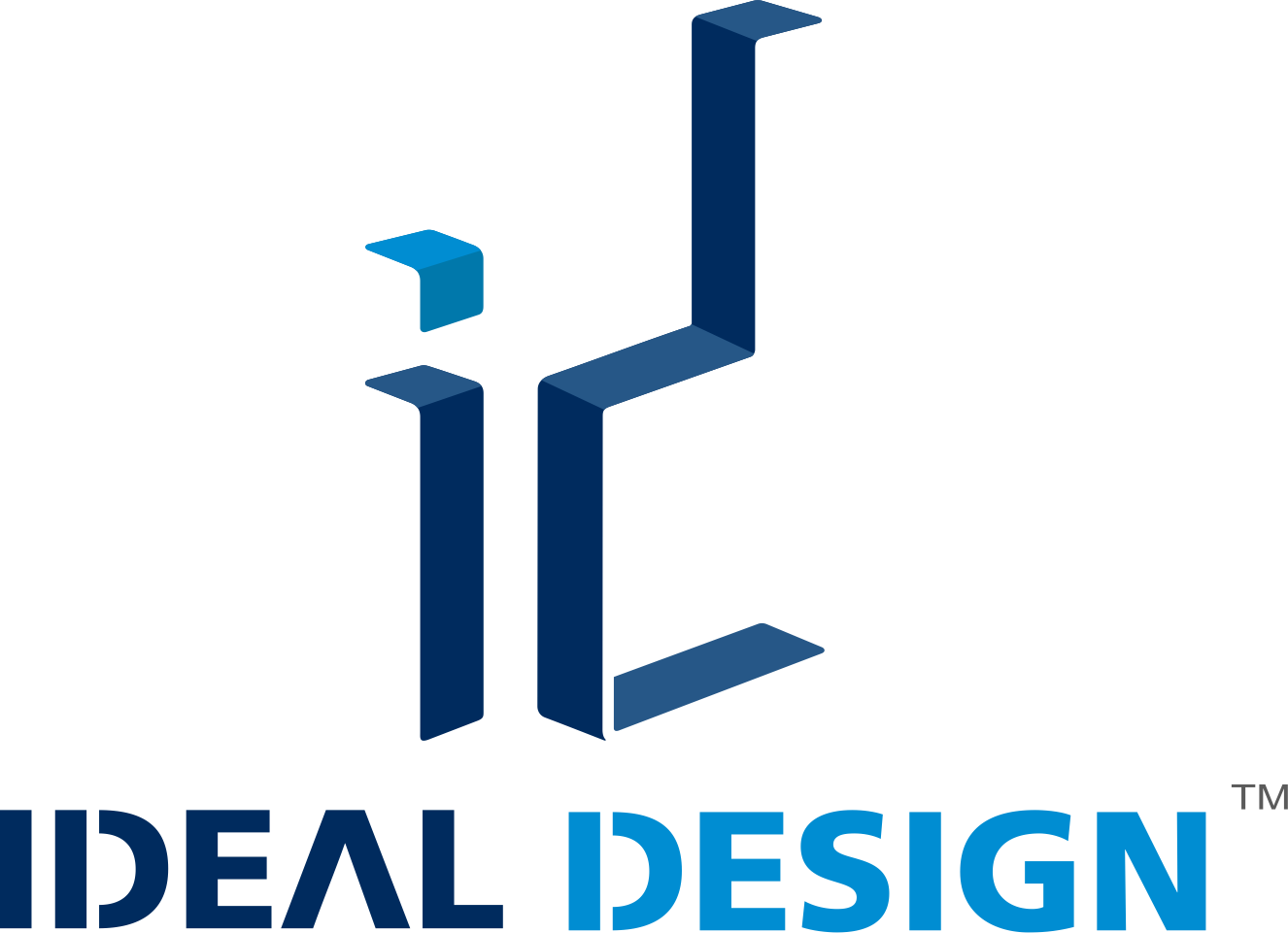Bending parts on our LVD PPEC
Press brakes are fundamental machines in the metalworking industry, primarily used for bending sheet metal. These powerful tools apply significant force using punches and dies to create precise bends and folds, transforming flat sheets into desired shapes and profiles. Their versatility and efficiency make them indispensable in sheet metal fabrication, where precision and repeatability are paramount.
How Press Brakes are Utilized in Sheet Metal Fabrication
In sheet metal fabrication, press brakes serve the critical function of shaping metal sheets into components for various applications. Electric hydraulic press brakes, machines we most commonly use at our facility, operate through the synergy of electrical and hydraulic systems. At the heart of these machines is a hydraulic pump powered by an electric motor, which generates the necessary pressure to move the hydraulic cylinders. These cylinders then drive the press brake's ram (or upper beam) downward with controlled force, pressing the metal sheet into the desired shape against the fixed die on the lower part of the machine. The precise control over the ram's movement and pressure allows for accurate bends, while programmable controls enable operators to set parameters for complex bending operations, ensuring consistency and efficiency in production.
Types of Press Brakes and Technology
Mechanical Press Brakes: These are the oldest type, driven by a flywheel and a clutch to exert force. They are commonly known for their speed but lack the precision of newer types.
Hydraulic Press Brakes: Utilizing hydraulic cylinders to apply force, these types of press brakes offer more control and precision, and are widely used for their versatility and ability to handle heavy loads.
Electric Press Brakes: By employing electric motors to drive the bending process, the electric press brake provides high efficiency, accuracy, and energy savings. They are best for high-speed operations and smaller loads.
Hybrid Press Brakes: Combining features of hydraulic and electric systems, they offer efficient, precise, and energy-saving operation. This type of press brake has become increasingly popular due to its balance of performance and cost.
A small section of our bending operation with some of our LVD machines pictured here.
Tooling for Press Brakes
Tooling plays a pivotal role in the operation of press brakes, with punches and dies being the most common types. Punches apply the force to bend the metal, while dies provide the shape and angle of the bend. Tooling can be standard or custom-made, catering to specific fabrication needs. This versatility allows manufacturers to achieve a wide range of shapes and sizes, making press brakes even more valuable in metal fabrication.
Punches
Dies
The Integral Role of Press Brakes in Manufacturing
Press brakes are integral to the manufacturing industry and essential for metal fabrication processes. Their ability to create precise, repeatable bends and shapes in metal sheets is unmatched, enabling the production of a vast array of products at scale. The evolution of press brake technology, from mechanical to CNC, underscores their significance in modern manufacturing, where precision, efficiency, and versatility are key to staying competitive.







